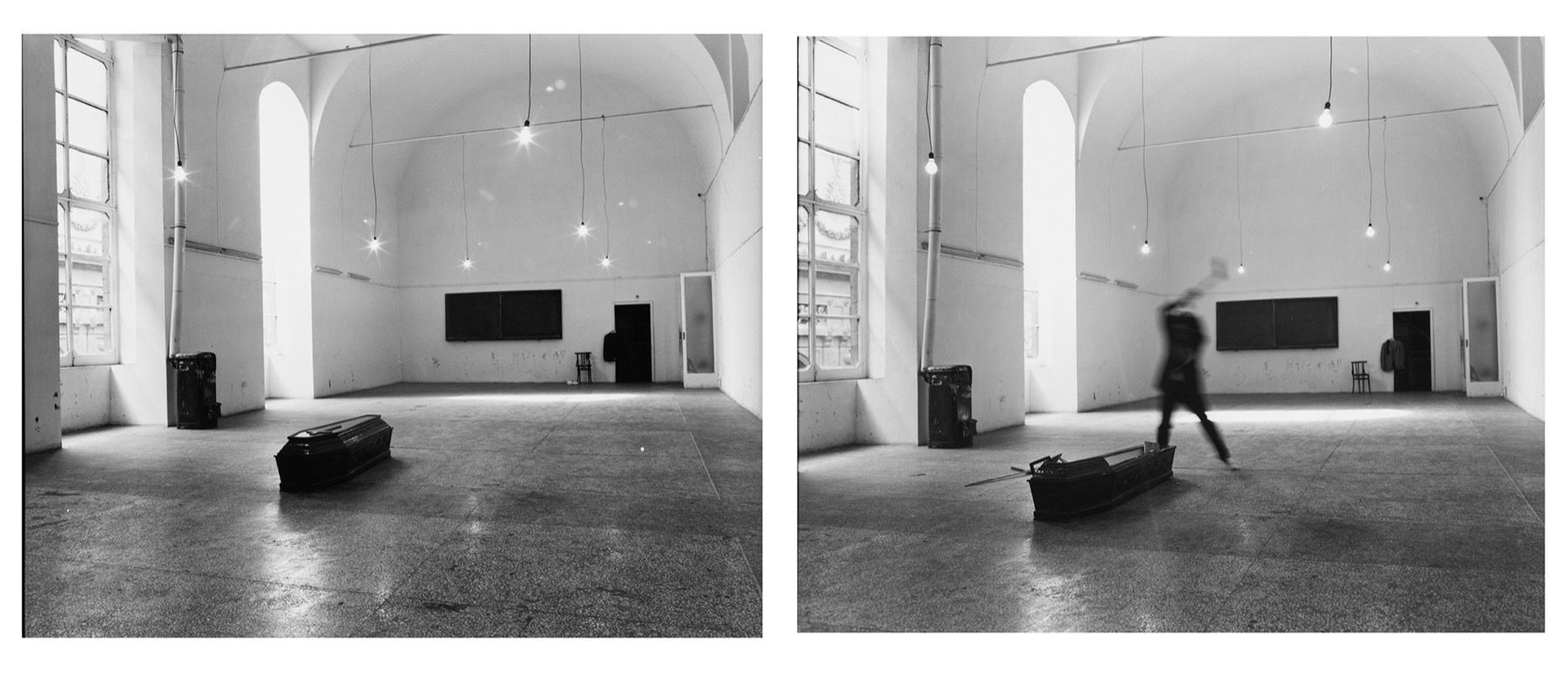Description
Mimmo Jodice G. Pisani destroying his coffin, 1972 Two vintage gelatin silver prints 6.9 x 9.4 in. (6.4 x 7.7 in. picture) each Photographer's credit stamp on the verso of each This lot is subject to Artists Resale Rights
196
Mimmo Jodice G. Pisani destroying his coffin, 1972 Two vintage gelatin silver prints 6.9 x 9.4 in. (6.4 x 7.7 in. picture) each Photographer's credit stamp on the verso of each This lot is subject to Artists Resale Rights
You may also like
